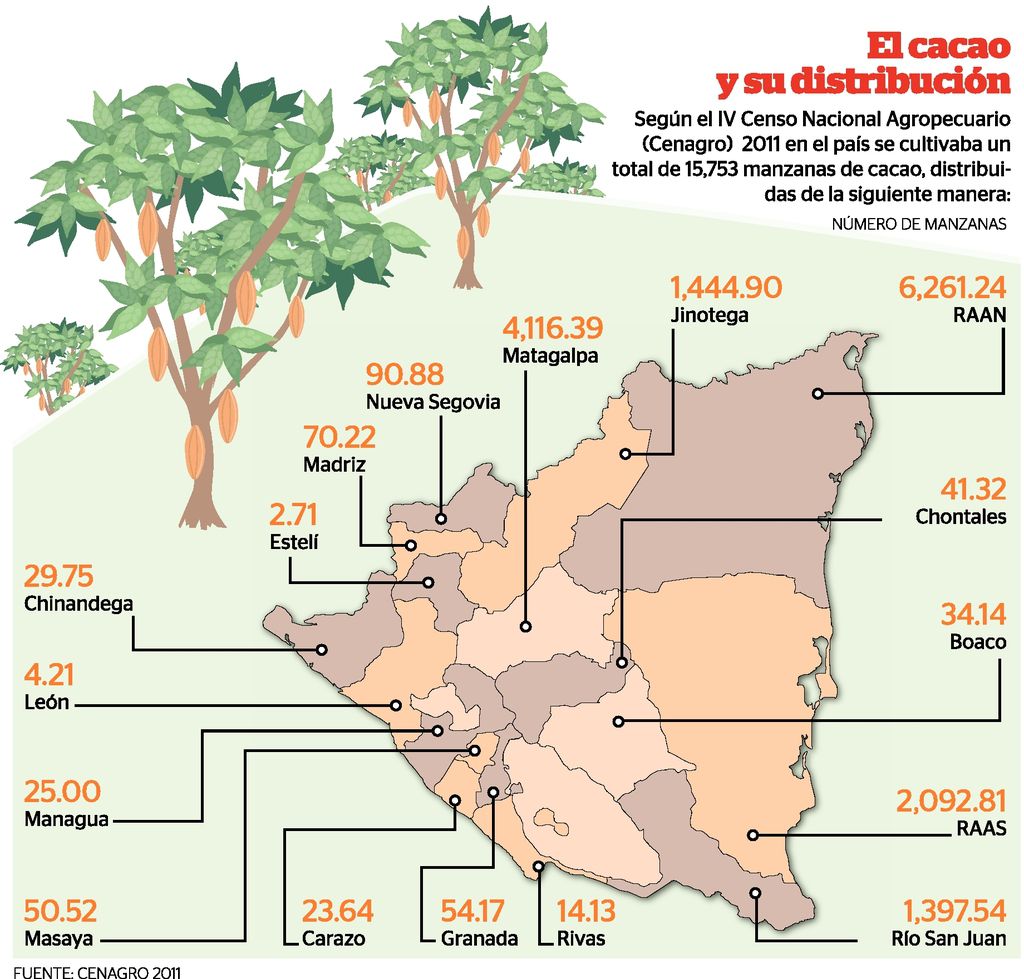Imports and Exports in Nicaragua.
Although Nicaragua is a large exporter of coffee and gold, it exports relatively little cocoa or chocolate. Very few people think of Nicaragua when they think of cocoa producing countries around the world. For my final project, I decided to explore more about cocoa production in Nicaragua as a possible source of income for the country.




